At Ginza Motoji, we specialize in crafting custom-made kimono tailored specifically to the wearer's measurements. We understand the importance of considering the wearer's lifestyle and personal preferences to ensure perfect fit and expert tailoring. Our goal is to make wearing kimono a comfortable and enjoyable experience for our customers.
During your visit to Ginza Motoji, our knowledgeable staff will guide you through a straightforward step-by-step process to help you select the ideal kimono that suits you, and your environment the best.
1. Choosing the Kimono and Obi

First, we will determine the type of kimono you are looking for, whether formal or casual, flashy or muted. We will inquire about the specific situations in which you intend to wear the kimono.
It is also essential to consider the four seasons in Japan, which encompass both freezing temperatures and soaring heat exceeding 30°C. To ensure your comfort, kimono are tailored using different fabrics and designs suitable for varying climates.
Once the season and formality is decided, we will help you choose a kimono and obi that speaks to you.
2. Selecting accessories
Once the kimono and obi are chosen, there are still a few more elements to be decided. For both men and women, a basic dressing kit is required. This includes koshi-himo, or the ties which are tied to close your kimono, and cotton or linen hadajuban, or kimono-underwear worn under all the layers.
For women, many items are used to create the ideal kimono silhouette. Items such an obi-makura, helps retain the shape of the otaiko in the obi, and the obi-ita which keeps the front of the obi flat, among many others are used.

Men often use items such as eri-dome, a small clip which keeps the collars in place. Some choose to add an obi-ita too, to prevent creases in their obi.
Women must also choose obi-age and obi-jime. The obi-age is slightly visible, and is used to cover the obi-makura. The obi-jime is the cord used to keep the obi closed. As these items are visible, they are chosen in colors that compliment the kimono and obi. Men will choose a haori-himo, a cord used to close their haori.

Last but not least, footwear. Traditional Japanese tabi with a split toe are worn with zori, shoes.
3. Fitting

Untailored kimono are traditional seen in a kimono shop in bolt form, therefore it can be difficult to imagine what the kimono looks like when worn.
At Ginza Motoji, we provide a trial fitting where we drape the fabric on the customer, creating the kimono shape. This makes it easier to imagine what the finished kimono will look like. People are often surprised at the kimono they end up choosing after trying on a few. This is also an idea time to see what different obi can look like with a certain kimono.
4. Taking measurements
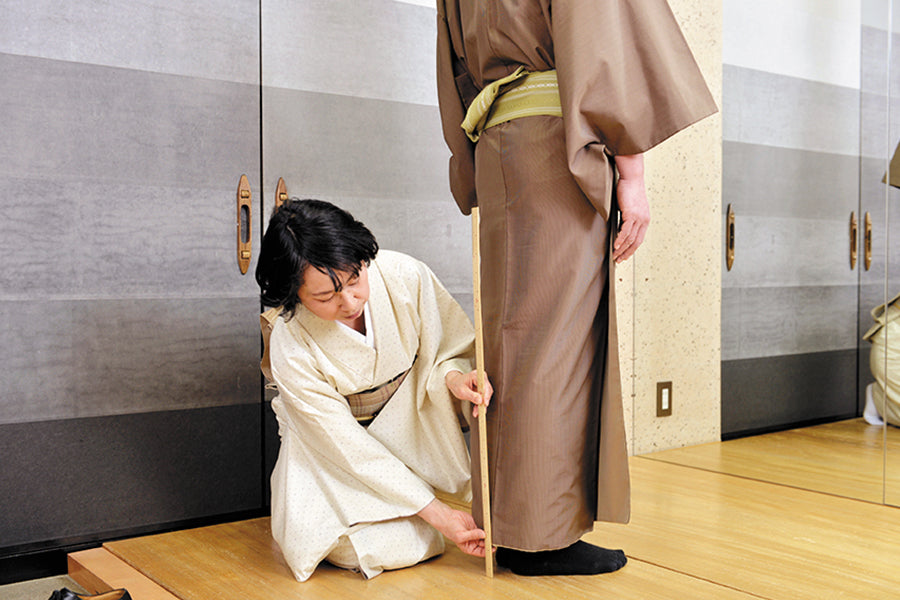
For both men and women, the chest, waist, and hips are measured. Then, we will measure your yuki, or the wingspan in English. Measured from the back of the neck, across the shoulder, and down to the wrist, this measurement is crucial for the kimono to fit the wearer perfectly.
One of the main differences between men and women's kimono is the length. A woman's kimono is made to be about as long as she is tall. When the kimono is first put on, it pools on the ground. The hem is lifted, and the length is decided, before being secured with a koshi-himo. This creates a fold of fabric just below the waist called the ohashori.

A man's kimono is typically shorter, reaching around the ankle bone when worn, and does not require adjustments or the creation of an ohashori . To achieve the perfect length, we provide a fitting service at Ginza Motoji. This involves basting the kimono to your measurements and allowing you to try it on. Our expert staff will then make precise adjustments to ensure an impeccable fit, down to the smallest details.
Photo Hiroyuki Ooe
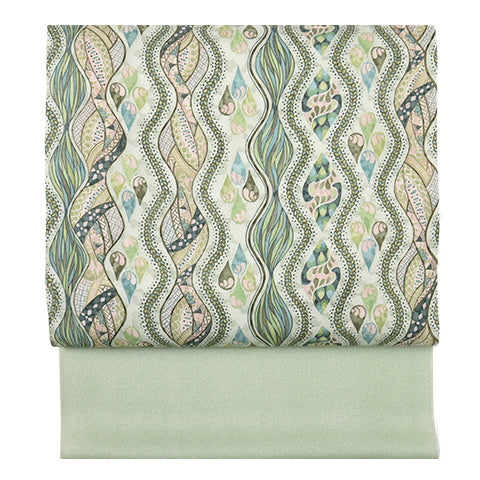 名古屋帯
名古屋帯
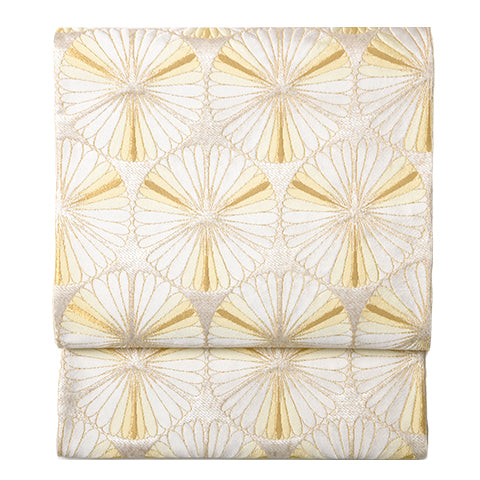 袋帯
袋帯
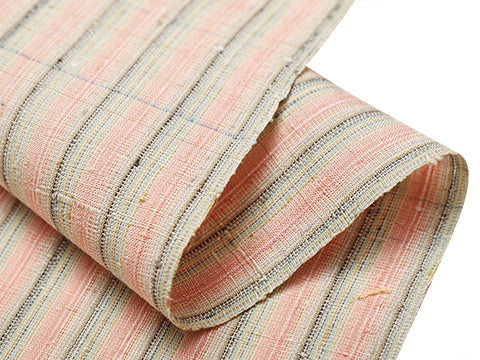 紬・綿・自然布
紬・綿・自然布
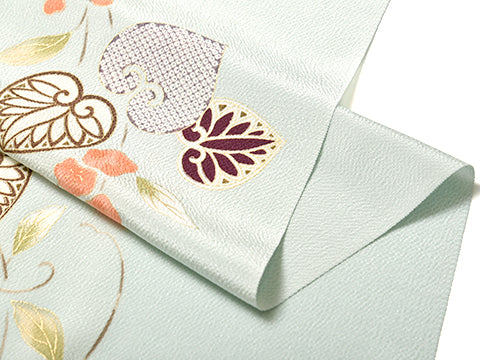 小紋・江戸小紋
小紋・江戸小紋
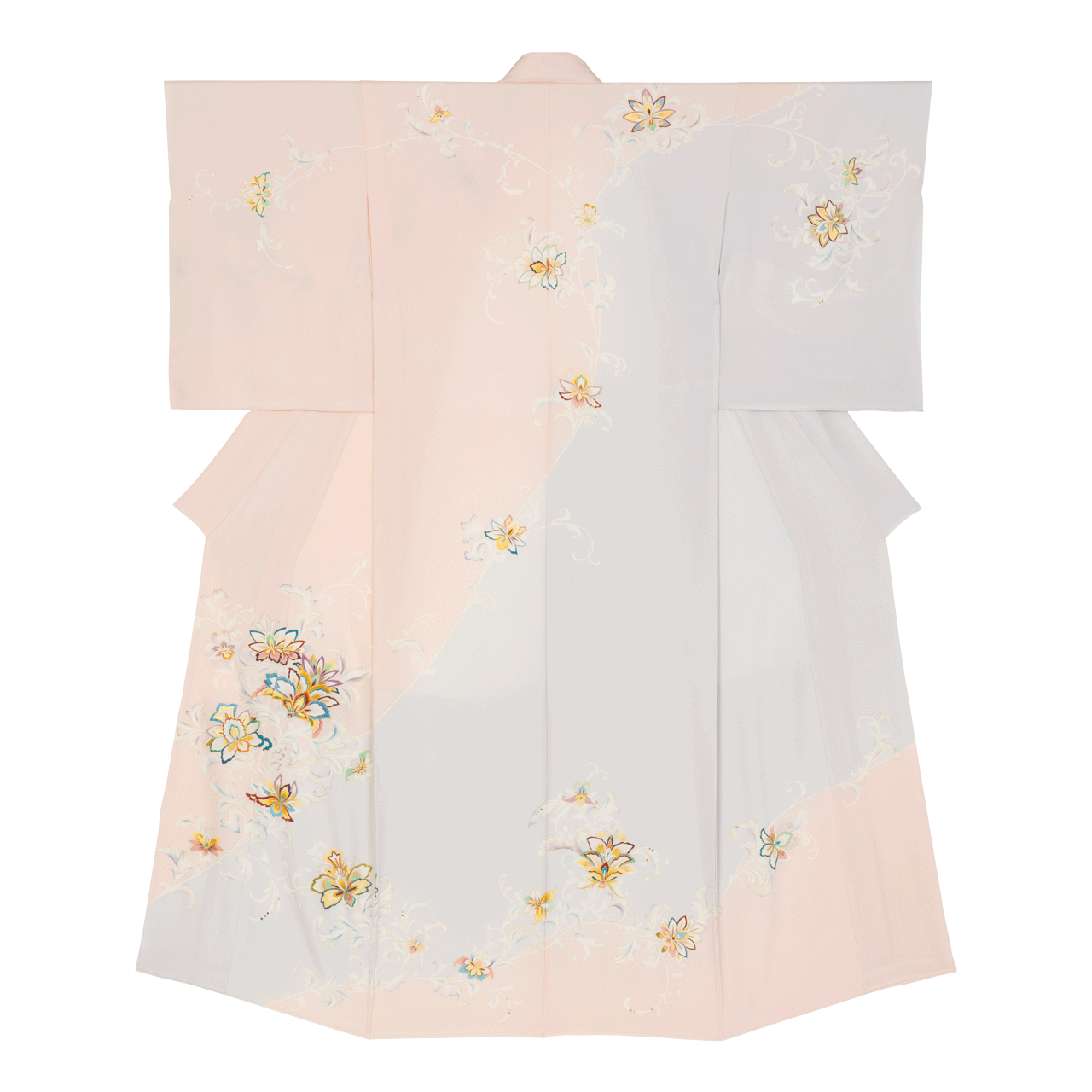 訪問着・付下げ・色無地ほか
訪問着・付下げ・色無地ほか
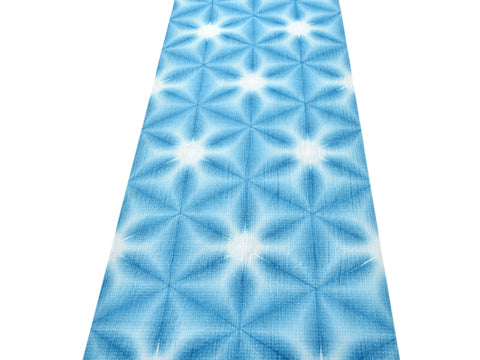 浴衣・半巾帯
浴衣・半巾帯
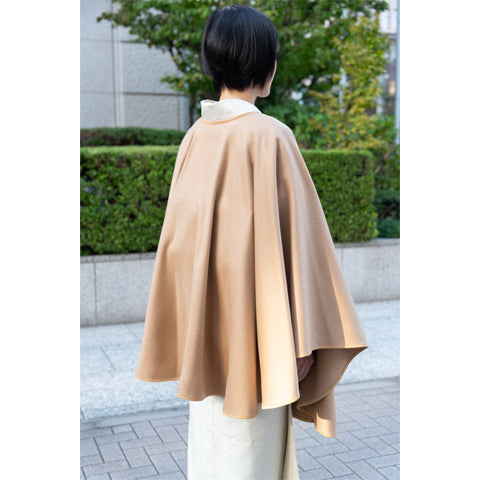 羽織・コート
羽織・コート
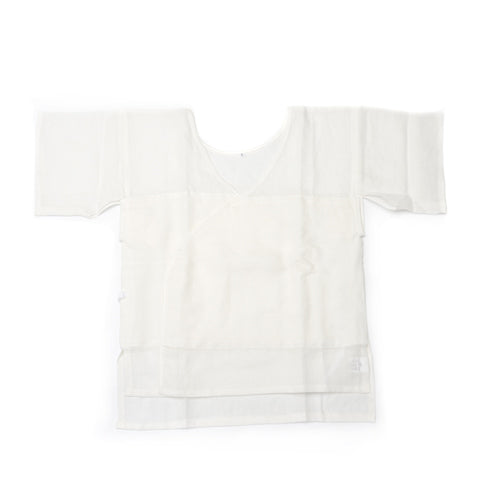 肌着
肌着
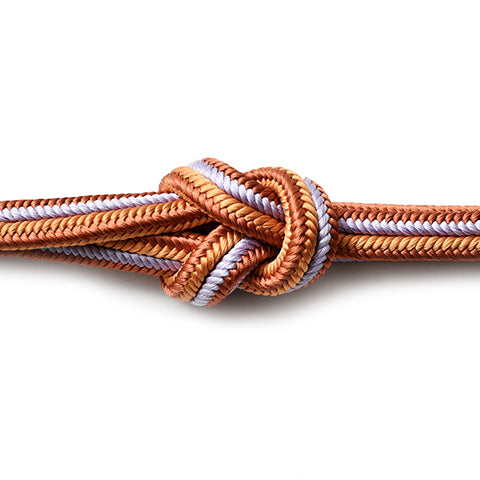 小物
小物
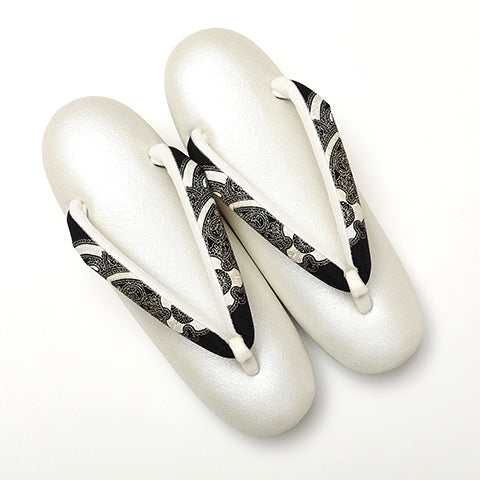 履物
履物
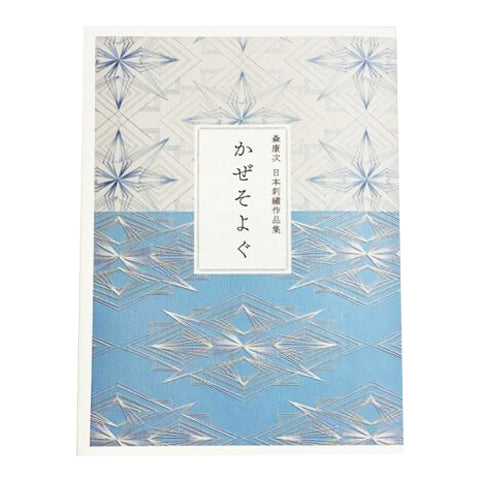 書籍
書籍
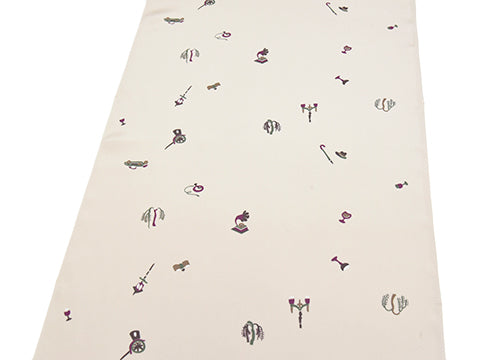 長襦袢
長襦袢
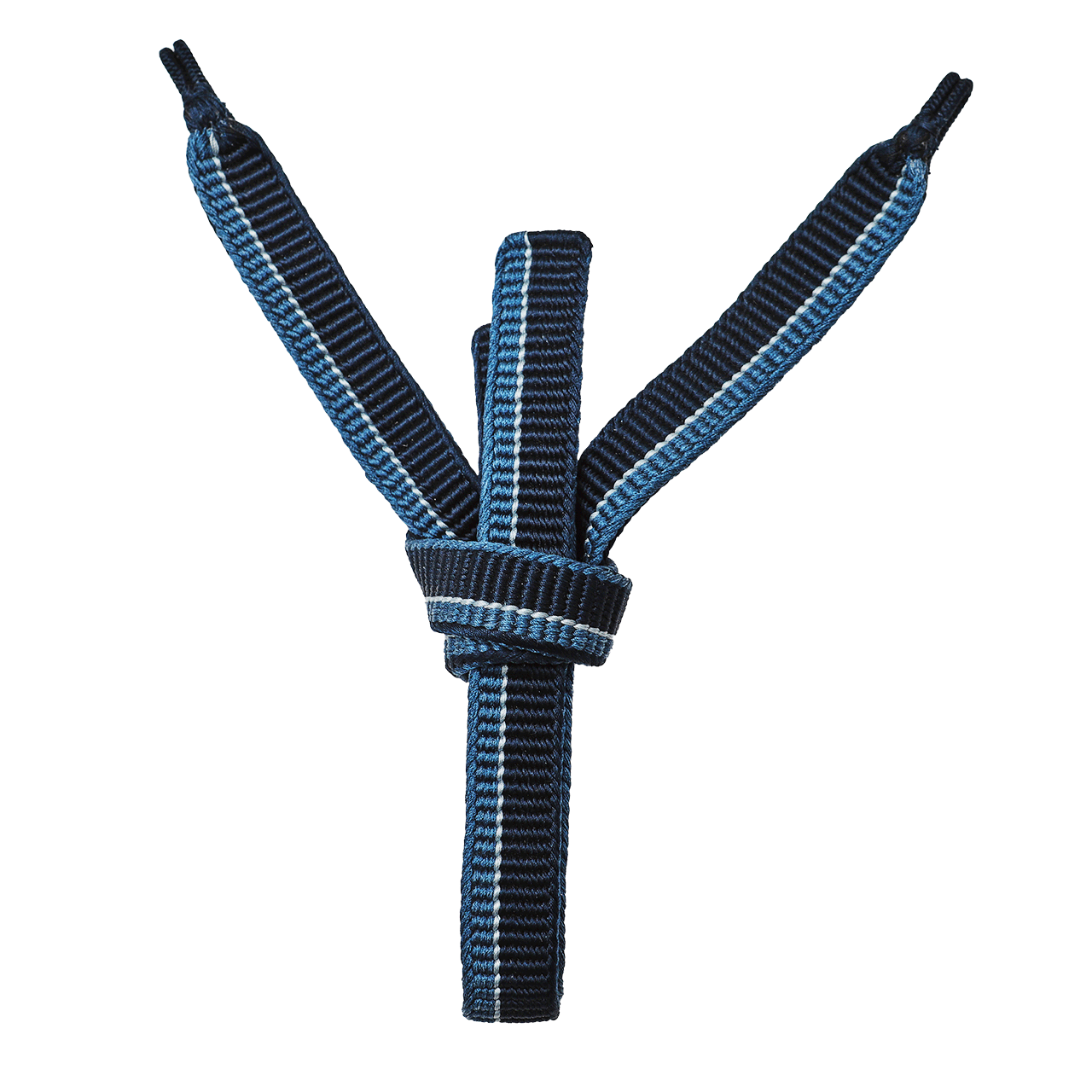 小物
小物
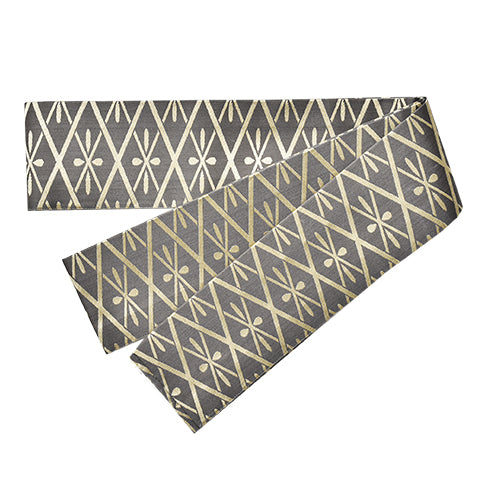 帯
帯
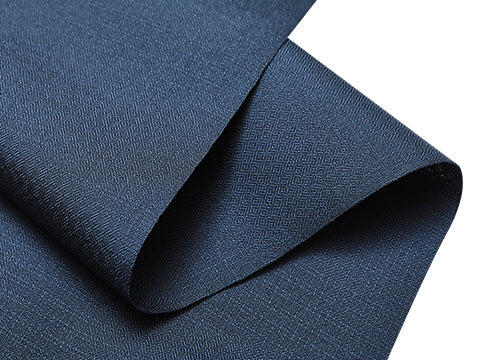 お召
お召
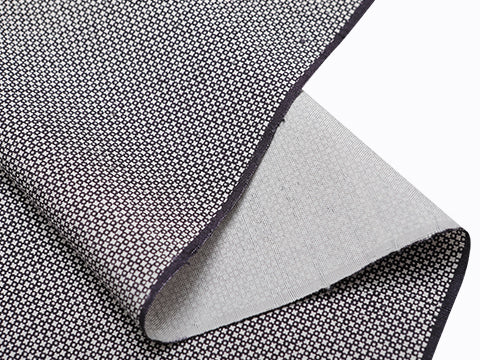 小紋・江戸小紋
小紋・江戸小紋
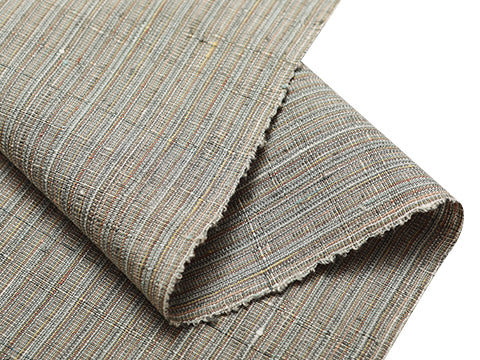 紬・綿・自然布
紬・綿・自然布
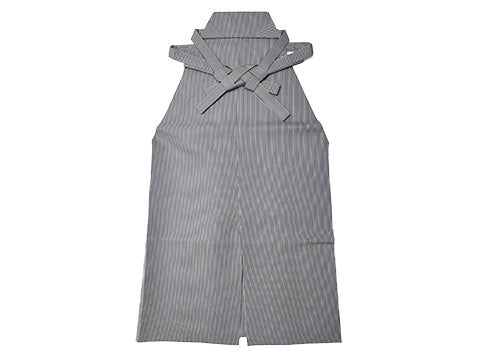 袴
袴
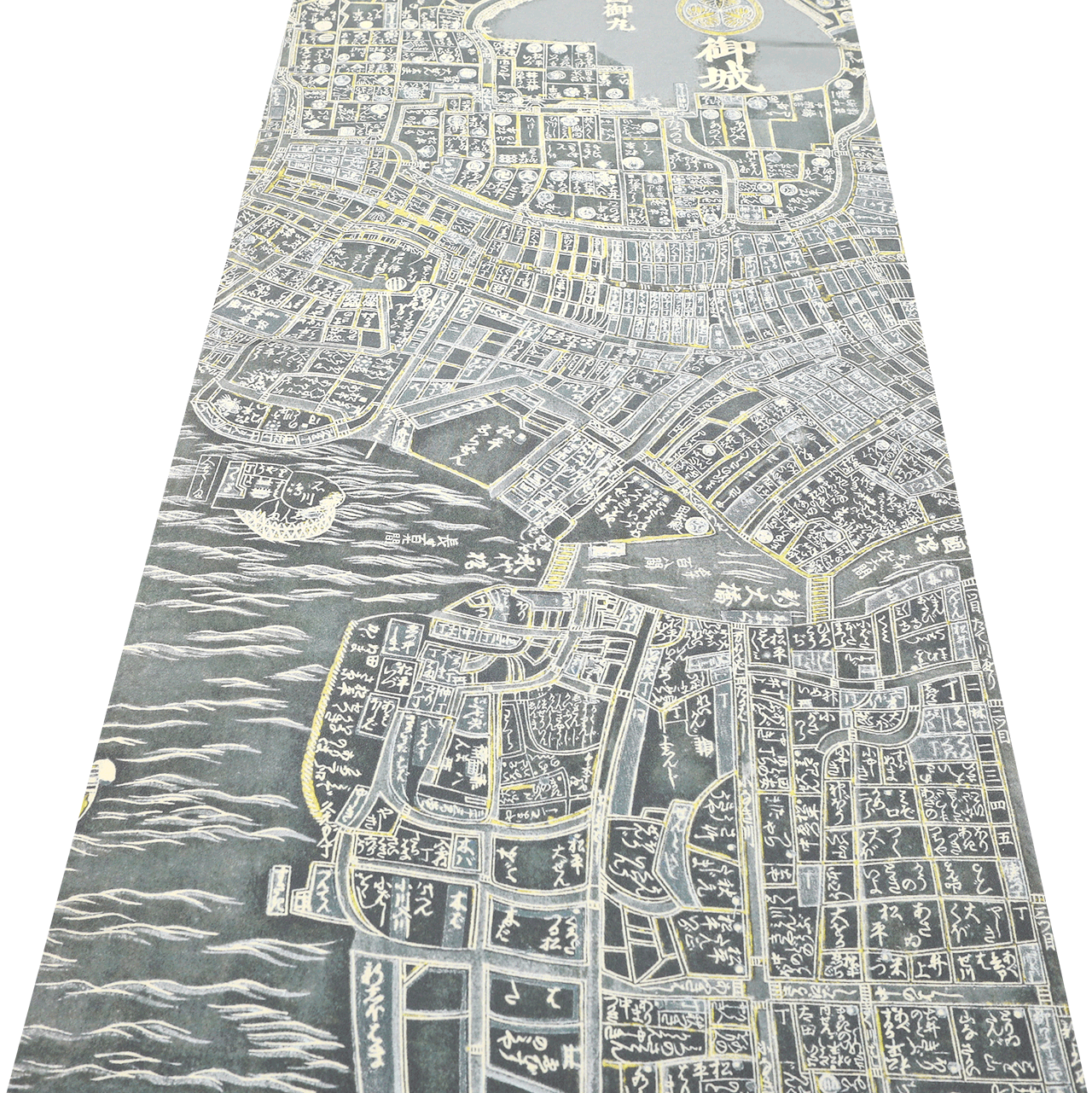 長襦袢
長襦袢
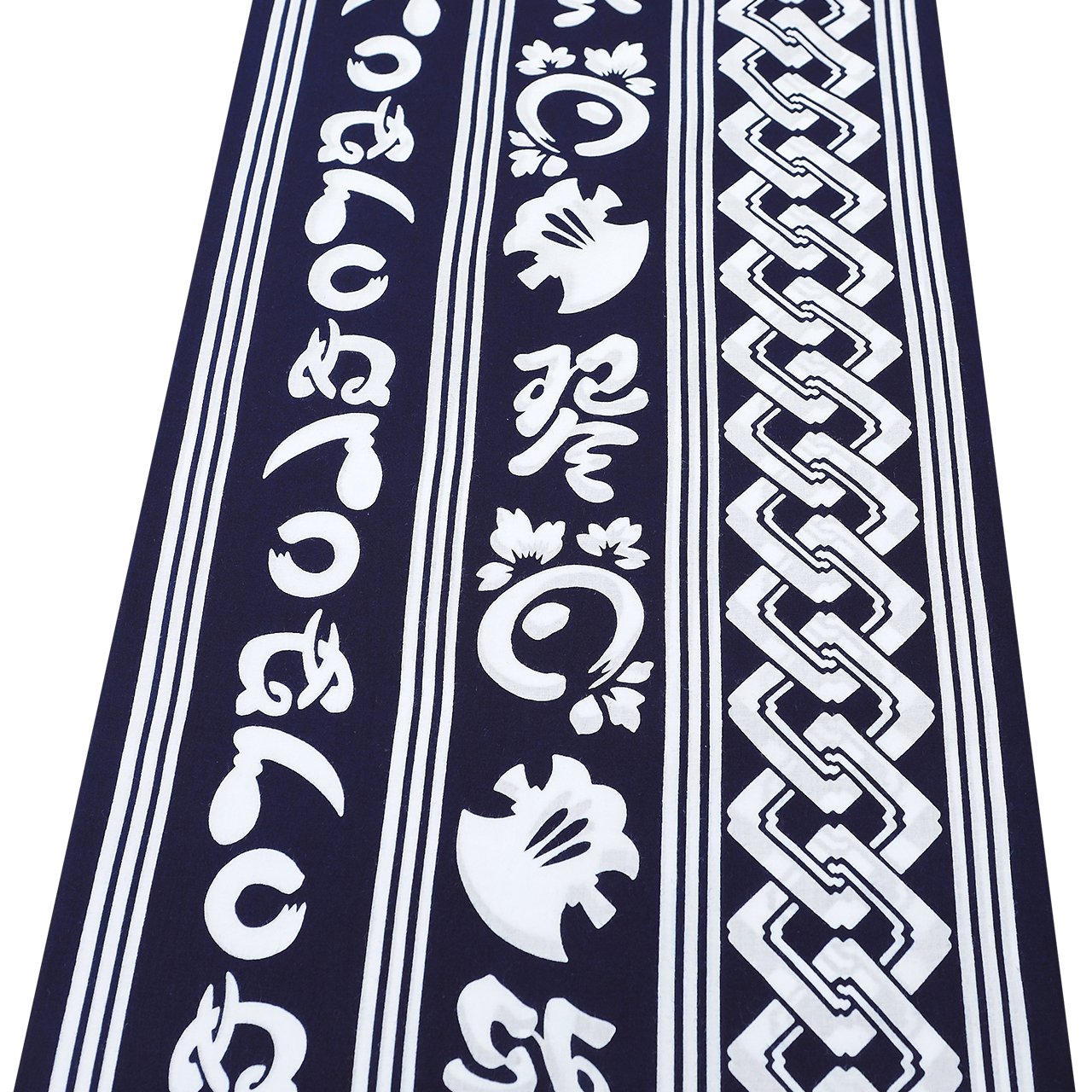 浴衣
浴衣
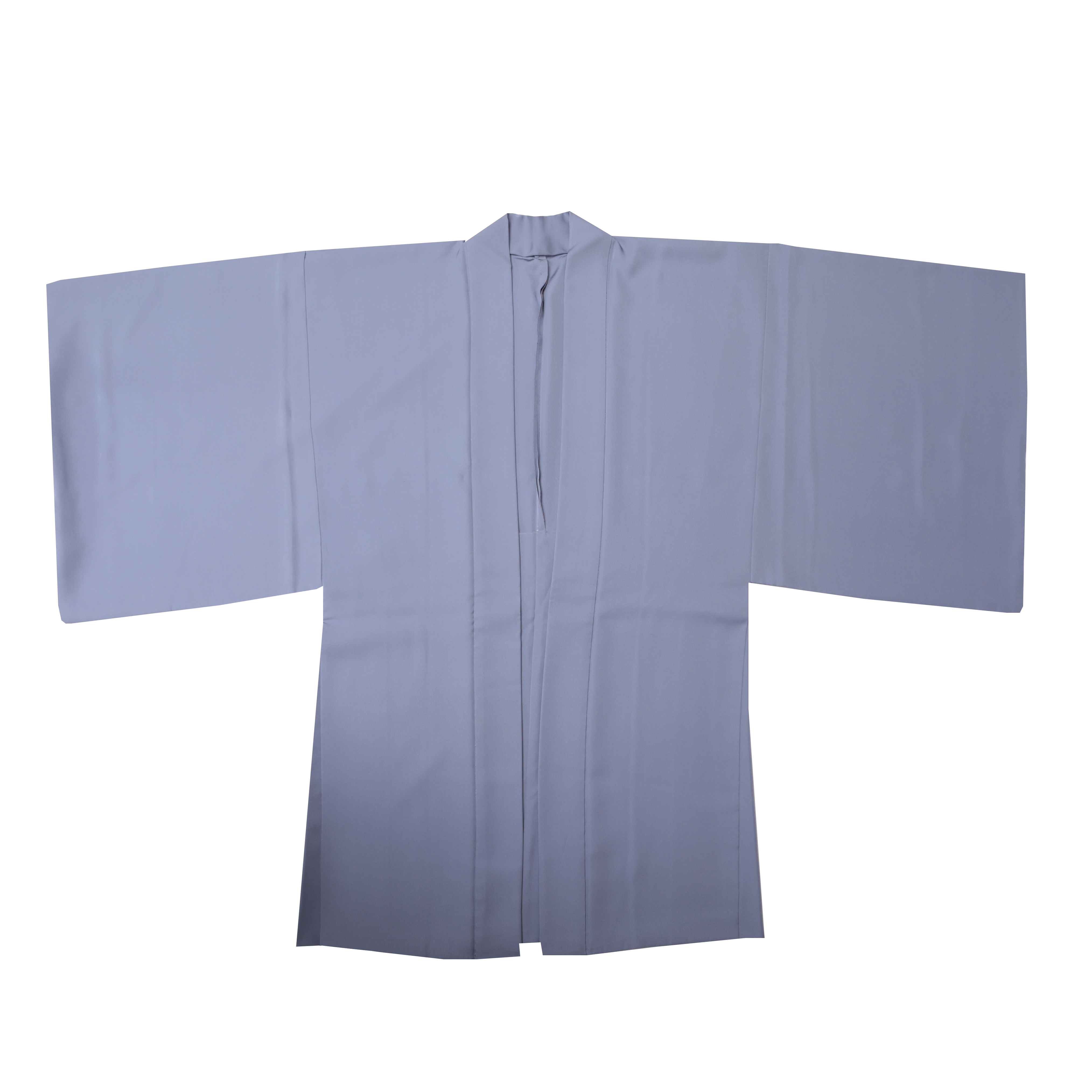 羽織・コート
羽織・コート
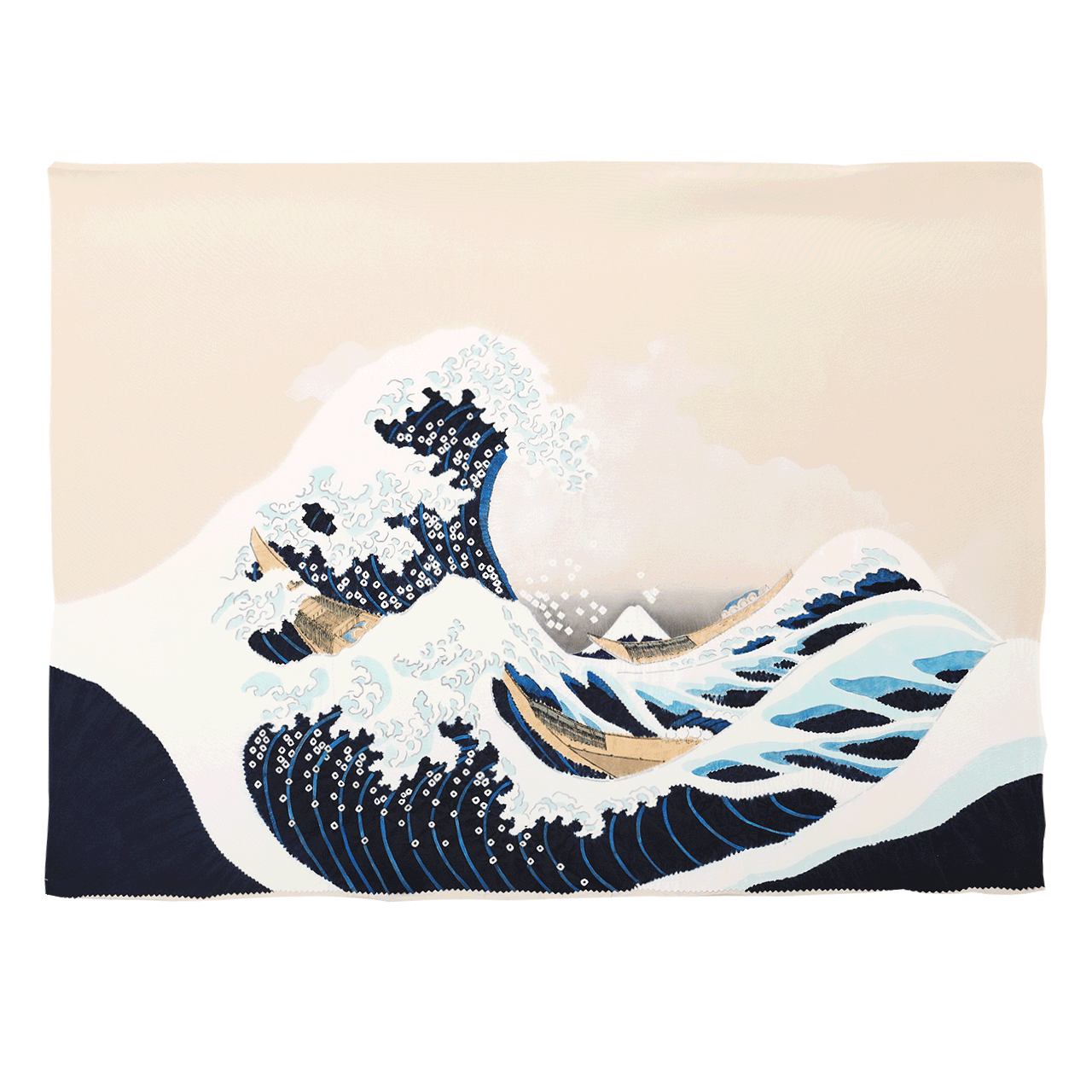 額裏
額裏
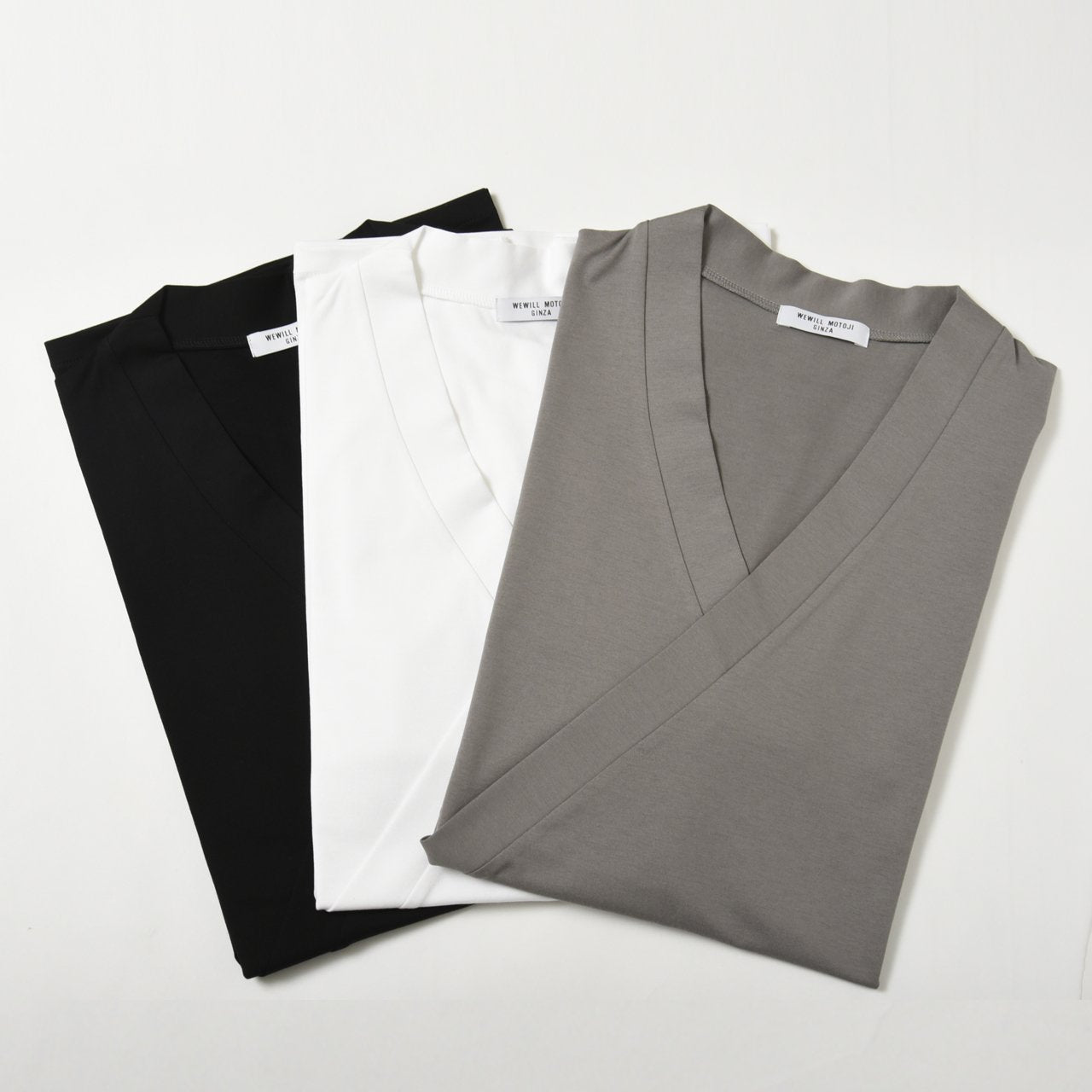 肌着
肌着
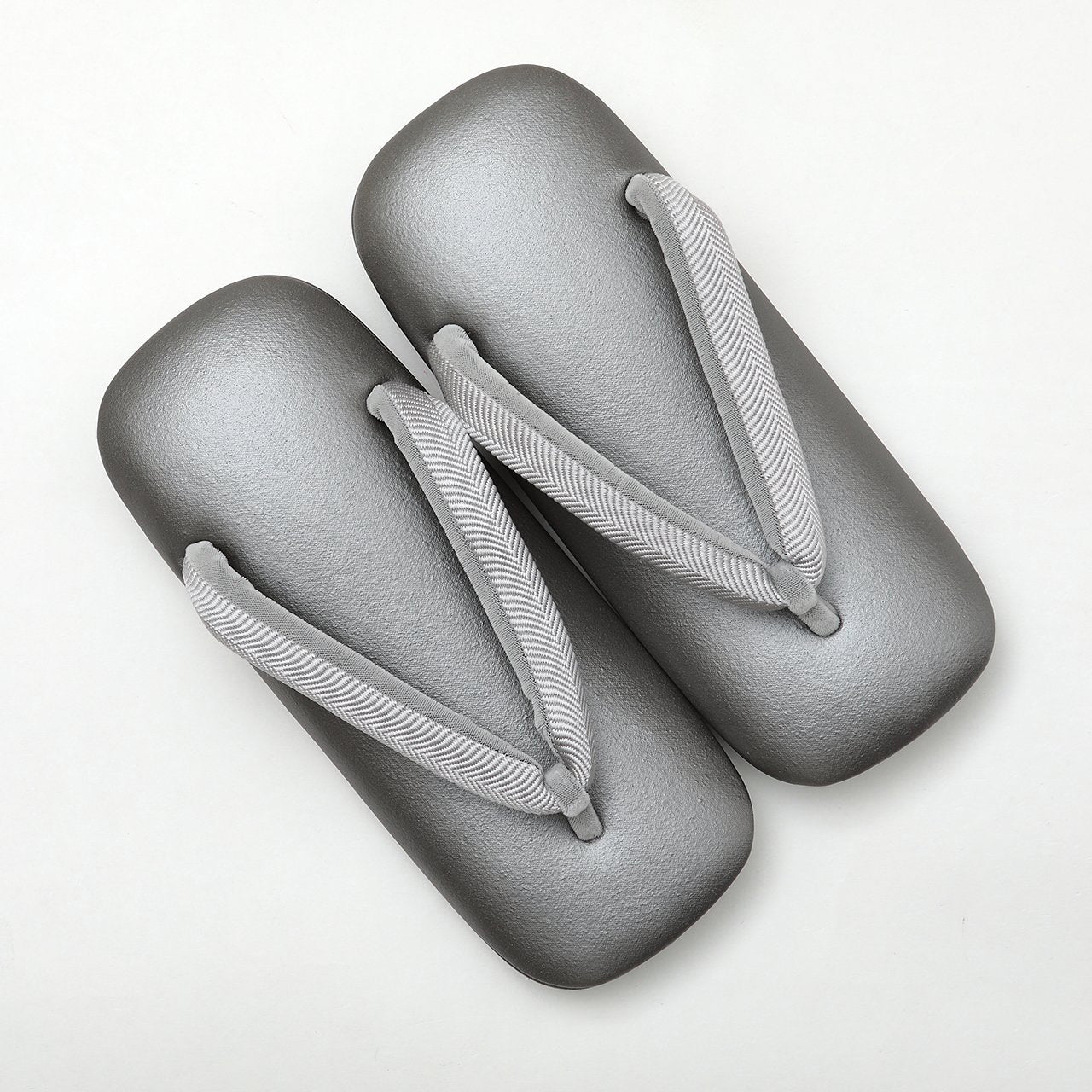 履物
履物
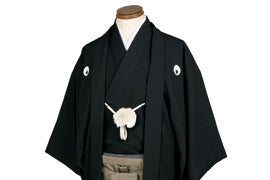 紋付
紋付
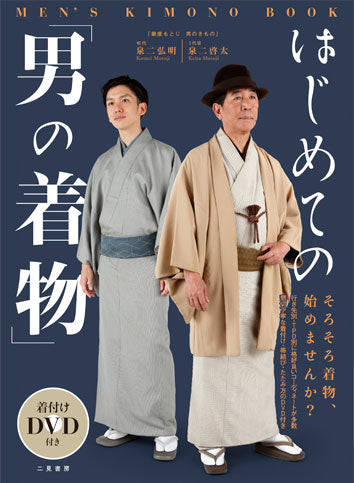 書籍
書籍
